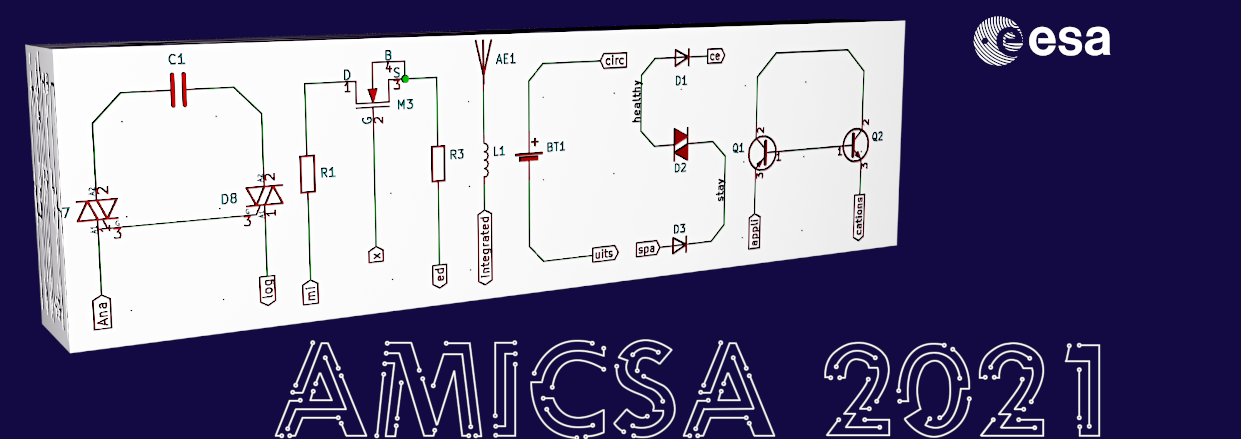Speaker
Description
ABSTRACT
This presentation describes the mixed-signal microcontrollers GR716A and GR716B. These microcontrollers target embedded control applications with hard real-time requirements. The GR716A is currently available at prototype level. Extended electrical and radiation characterization is on-going as part of the activity Microcontroller for embedded space applications, initiated and funded by the European Space Agency (ESA). The GR716B is a further development of the GR716A microcontroller to enhance analog functions, support more advanced interfaces, support switching power applications and support functionality for commercial of the shelf (COTS) FPGAs in space.
GR716B is currently in development phase and early prototypes will be available at the end of this year. This paper describes the overall architecture of both devices and details the added functionalities of the GR716B microcontroller.
MICROCONTROLLER APPLICATIONS
Spacecraft subsystem control and monitoring of parameters such as power supply voltages, currents, pressures and temperatures are ideal applications for the GR716A and GR716B LEON3FT microcontroller. Bridges between different communication standards or interface of an equipment towards a higher-level controller or the central On Board Computer (OBC) are also ideal applications for the LEON3FT microcontroller.
The LEON3FT microcontroller can perform advanced data handling to offload any higher-level controller or the central On-Board Computer (OBC). By hiding the data handling details, the transmitting data volume can be reduced. Simplified functionalities as well as timing requirements can be requested to the higher-level controller.
The LEON3FT microcontroller integrates several on- chip data bus standards, such as SpaceWire, CAN, MIL-STD-1553, I2C, SPI, UART and can easily provide data packetization for serial communication using standard protocols. The microcontroller can also efficiently replace FPGAs in accomplishing the above functionalities. Generally, the FPGA implementation is faster. However, much more complexity and flexibility can be captured in the software of a microcontroller, even with limited processing capability. Moreover, the correct use of FPGAs in space applications can be complex. Cost, package size and availability of integrated analog functions can favour the use of a microcontroller versus an FPGA.
A list of possible applications for the GR716A microcontroller is given below:
- Nanosatellite controller
- Instrument Control Unit
- Remote Terminal control
- Mass Memory control
- Propulsion Unit control
- Electric Motor Control
The development of the GR716B aims at making it possible to add additional applications such as:
- Power regulation
- Advanced motor control
- Magnetorquer control
- High-voltage and high current generator
- Program and scrubber support of COTS FPGA

